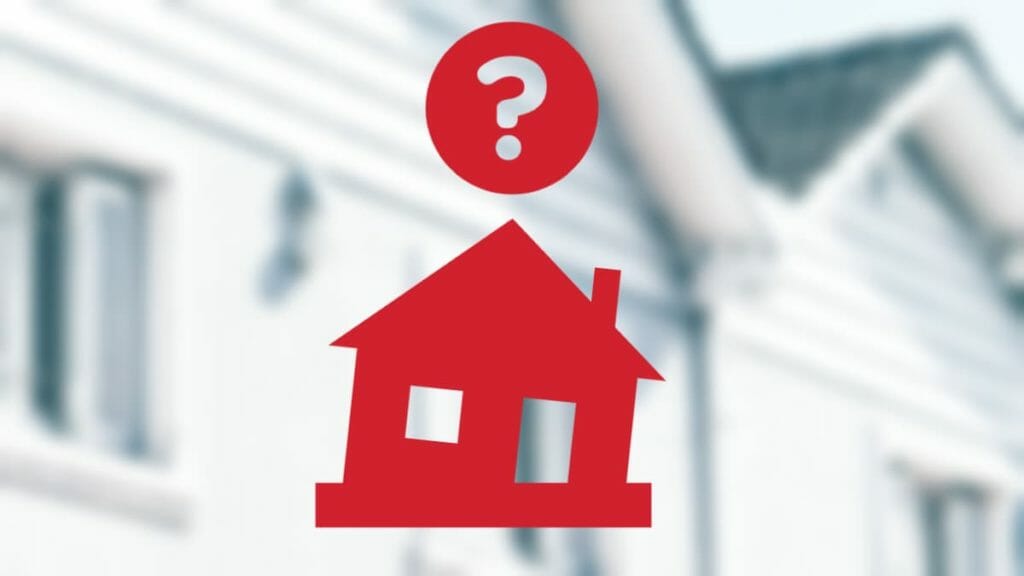
Whether you have just bought a new house or discovered some issues – such as drywall cracking, windows sticking, or doors that are harder to close, you will most likely experience foundation issues and house settling. Before we jump into details, let’s discuss what house settling is and what is considered normal settling.
What is House Settling?
What exactly is house settling, and what is considered normal house settling?
Settling is the gradual sinking of a house into the ground over time. It’s normal and natural, and when it happens, the soil beneath the foundation begins to shift. While it’s normal for any house to sink and the foundation to shift, sometimes it can lead to foundation damage.
Every construction project is subject to settling. A few inches of settlement is nothing to worry about, provided the settlement distributes evenly across the structure. Sometimes, it depends on the weather and environment. As weather changes, the foundation can experience problems.
Issues Resulting from Foundation Settlement:
- Damage to the structure
- Loss of real estate value
- Tripping hazards
- Unsightly cracks
- Equipment malfunctions
So How Long Does It Take For a House to Settle?
Typically, structural issues tend to worsen over time. Usually, if you live in a suitable environment and have a solid foundation, the amount of settlement and movement will be limited. Generally, it might take around two years internally before the building stabilizes. In most cases, a house should finish “settling” after a year. Usually, it goes through seasons of different humidity: hot weather, cold weather, wet weather, etc.
Luckily, there are ways to repair the foundation without having to tear it out and start from scratch. Therefore, choosing the correct method for repairs is essential. Some most common repair methods are as follows:
Foundation Leveling
Foundation leveling is the process of leveling and stabilizing a home to reduce further settlement. Typically, the foundation starts to settle and become uneven over time. Foundation leveling is one of the most convenient solutions to resolve this issue. The foundation experts at Kent Foundation Repair can stabilize the sinking portions of the foundation by driving steel piers into the load-bearing soils beneath the home.
Foundation Repair with Helical and Push Piers
Helical Piers
Helical piers are foundation solutions used to secure new or existing foundations. They have curved steel plates which transfer the weight of the home to the pier. Usually, they act as an anchor and are favorable for softer surface soils.
Push Pier
Push piers are the best choice for denser soil, where helical piers are more challenging to install. The foundation experts drive them into the ground using a hydraulic ram. These piers help maintain the stability of the home as helical piers do.
As a result of house settlement, major foundation problems may occur. So hire experts at Kent Foundation Repair who can help fix foundation problems due to settling and shifting.
